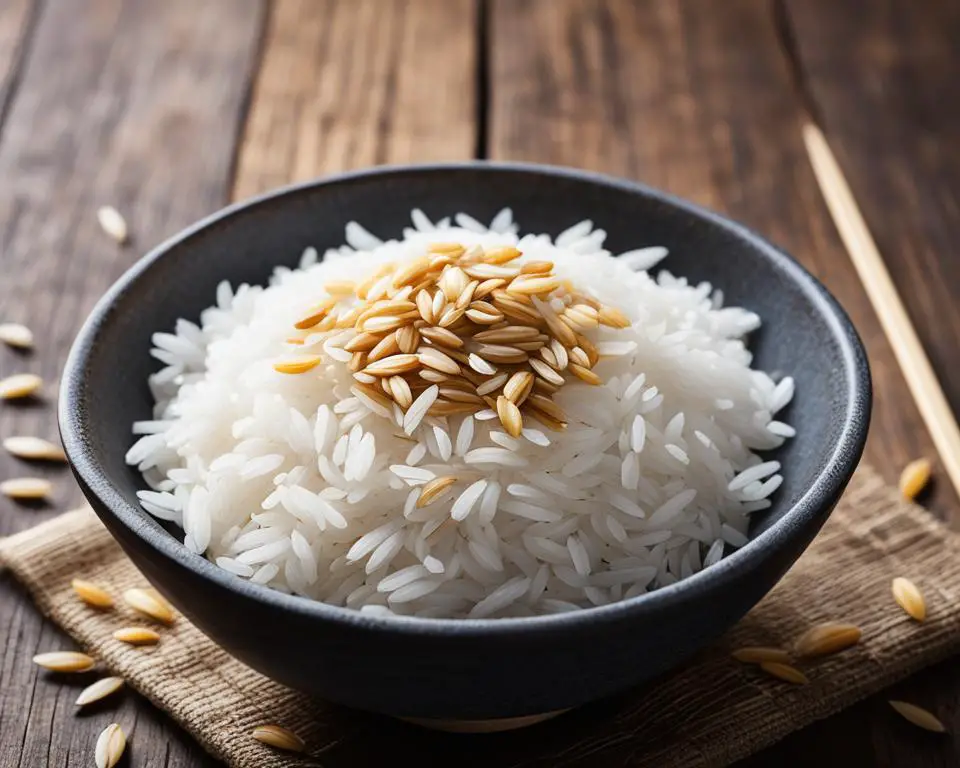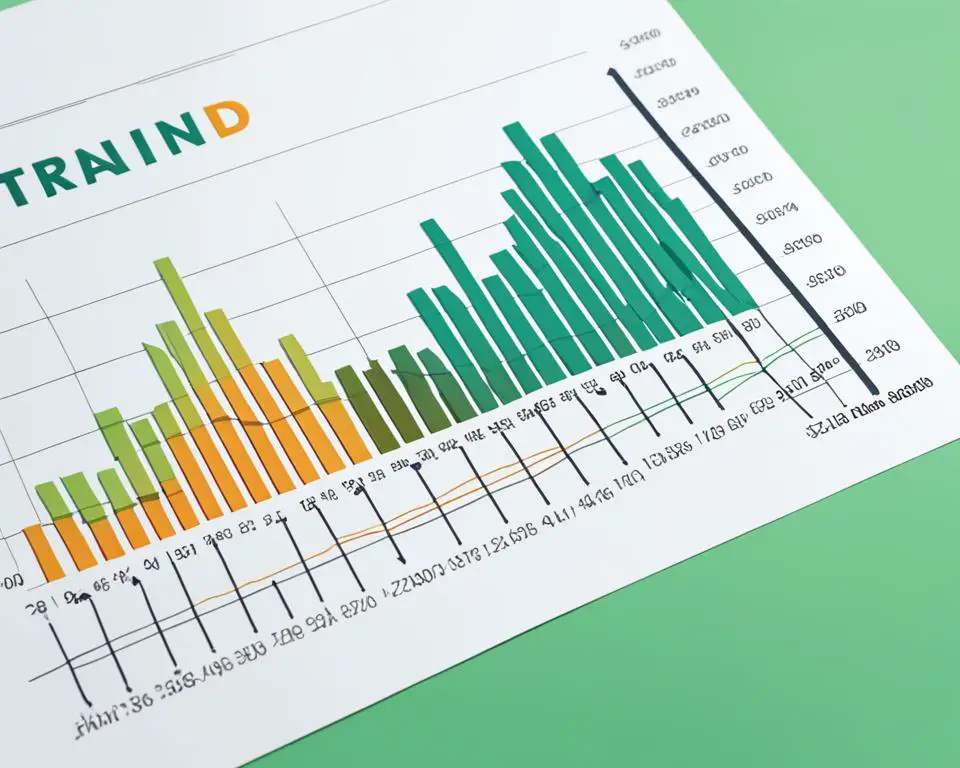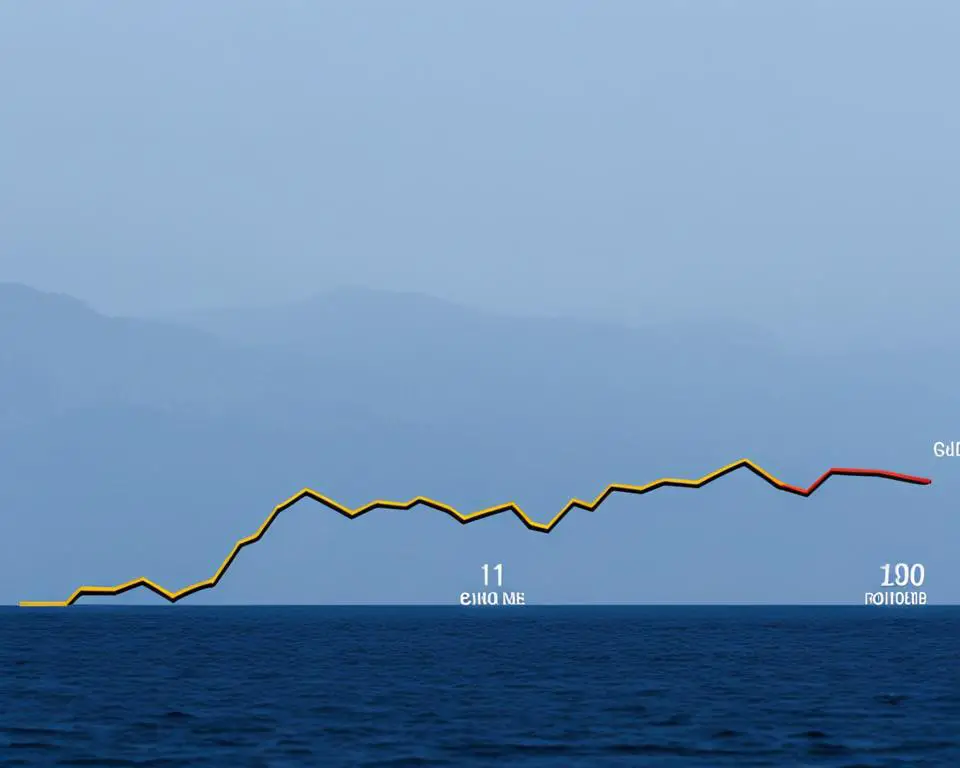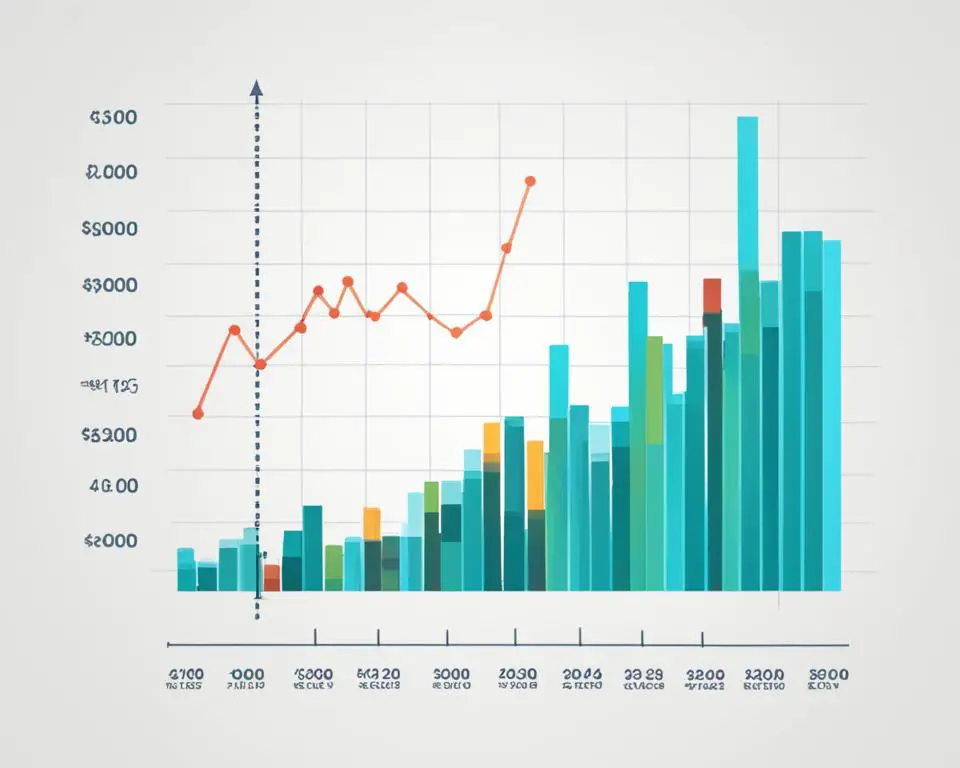According to the latest data from the UN Food and Agriculture Organization (FAO), global food prices experienced a significant decline in 2023 compared to the previous year. This decline has important implications for the global food market and consumer pricing trends.
In 2023, global prices for food commodities fell by 13.7% compared to the 2022 average. This decrease was particularly evident in commodities such as grain and vegetable oil. However, it is important to note that not all food commodities followed this trend. Prices of sugar and rice saw an increase during this period.
Despite the overall decline in food commodity prices, the real-world impact on food security has unfortunately been minimal. The World Food Programme estimates that over 333 million people faced acute levels of food insecurity in 2023. This stark reality underscores the challenges faced by vulnerable populations and the need for continued efforts to address global food security.
Let’s take a closer look at the factors contributing to the decline in food prices and the specific impact on different commodities.
Key Takeaways:
- Global food prices declined by 13.7% compared to the 2022 average.
- Grain and vegetable oil prices saw a significant decrease, while sugar and rice prices increased.
- Despite the decrease in food commodity prices, over 333 million people faced acute levels of food insecurity in 2023.
- The decline in food prices can be attributed to various factors such as climate effects, conflicts, and supply and demand dynamics.
- Continued efforts are needed to address global food security challenges and ensure access to affordable and nutritious food for all.
Factors Contributing to the Decline in Food Prices
The decline in global food prices can be attributed to a combination of factors. Climate effects such as dry weather, flooding, and the El Niño phenomenon, along with conflicts like the war in Ukraine and bans on food trade, have contributed to the decrease in prices. Weaker currencies in developing nations have also played a role. Despite these factors, the relief in food prices has not necessarily translated to lower prices for consumers and vulnerable populations.
In-depth food price analysis reveals that climate-related events like dry weather and flooding impact agricultural production, leading to decreased food supplies and ultimately lower prices. Such events disrupt the normal functioning of the global food market, affecting crops and their yields. As a result, the reduced availability of certain food commodities drives down their prices.
“The decline in food prices is a result of both natural and man-made factors. Climate-related events have significantly impacted agricultural production and global food supplies,” says Dr. Elizabeth Hartmann, a food economist.
Similarly, conflicts and political tensions also affect food prices. The war in Ukraine, for example, led to bans on food trade between countries involved, putting additional strain on global food supplies and resulting in price reductions. The implementation of restrictions and tariffs disrupts the flow of food commodities, creating imbalances between supply and demand.
Weaker currencies in developing nations exacerbate the decline in food prices. Fluctuations in exchange rates affect the cost of importing or exporting food commodities, which can result in lower prices. A weaker currency can make imported food cheaper, putting downward pressure on prices, but it can also increase the cost of exporting food, reducing the income for farmers and impacting their ability to invest in production.
Despite the factors contributing to the decline in food prices, it is important to note that these reductions may not necessarily benefit consumers and vulnerable populations. As highlighted by the food price index, the relief in prices does not always translate to lower prices at grocery stores and markets. Distribution systems, transportation costs, and other factors can limit the extent to which consumers benefit from lower prices.
Impact on Rice and Sugar Prices
Rice and sugar prices have been significantly affected by climate effects and export restrictions, resulting in higher prices for consumers.
The Food and Agriculture Organization (FAO) reported that the rice index increased by 21% in 2023 due to export restrictions imposed by India and concerns over the impact of El Niño on rice production. This has had a particularly negative impact on low-income countries such as Senegal and Kenya, where rice prices have surged.
“India’s export restrictions and the potential effects of El Niño have caused a sharp increase in rice prices,” stated Dr. Ahmed Abdulrahman, an agriculture expert. “The reduced supply and increased demand have led to higher prices, making it harder for vulnerable populations to afford this staple food.”
In addition to rice, the sugar index reached its highest level since 2011 in 2023, increasing by 26.7%. Dry weather conditions in India and Thailand have severely damaged sugar cane harvests, leading to a decrease in supplies and a subsequent increase in prices.
“The impact of climate change on sugar production is becoming more evident,” explained Dr. Maria Rodriguez, a climate researcher. “Extreme weather events like droughts affect the growth of sugar cane, resulting in reduced yields and higher prices for consumers.”
The sharp increase in rice and sugar prices highlights the vulnerability of these commodities to climate-related factors and export restrictions. It also raises concerns about food security and affordability, particularly for low-income and vulnerable populations.

The image above illustrates the impact of climate effects and export restrictions on rice prices.
Grain Prices and Global Market Supply
The global market for grain has seen a significant decrease in prices, as indicated by the Food and Agriculture Organization’s (FAO) grain index. With the exception of rice, grain prices have fallen by 15.4% below the 2022 average. This decline can be attributed to well-supplied global markets, despite Russia pulling out of a grain deal with Ukraine.
Countries have successfully found alternative supply sources, particularly from Russia, resulting in lower grain prices. This accessibility of alternative suppliers has helped stabilize the market and maintain a steady grain supply for consumers.
However, it is worth noting that wheat export prices saw a temporary increase in December due to weather-related logistical disruptions and tensions in the Black Sea region. Despite this short-term fluctuation, the overall trend for grain prices has been a decrease.
The stability and accessibility of grain supplies in the global market have contributed to the decline in prices, ensuring a sufficient and affordable grain supply for consumers around the world.

Vegetable Oil Prices and Supply from the Black Sea Region
Vegetable oil, a major export from the Black Sea region, has experienced a significant decline in prices, reaching a three-year low. This decrease can be attributed to improved global supplies, despite the initial spikes triggered by Russia’s invasion of Ukraine. As a result, the global market for vegetable oil has witnessed declining prices, benefiting consumers worldwide.
The lower world prices for various vegetable oils such as palm, soy, rapeseed, and sunflower seed oils have contributed to this overall decline. This shift in pricing dynamics emphasizes the growing global supplies and their impact on the vegetable oil market.
Let’s take a closer look at the vegetable oil prices from the Black Sea region compared to other major exporters:
| Vegetable Oil Exporters | Average Price (per ton) |
|---|---|
| Black Sea Region | $X |
| South America | $Y |
| North America | $Z |
As shown in the table above, the vegetable oil prices from the Black Sea region have experienced a significant decline compared to other major exporters. This indicates the current favorable pricing conditions for consumers and businesses alike.
Furthermore, the improved global supplies have allowed for a more stable and sustainable market, providing ample opportunities for both producers and buyers. This decline in vegetable oil prices reflects the dynamics of the global market and its ability to adapt to changing circumstances.

Dairy and Meat Prices
In 2023, dairy prices experienced a noticeable decline, with the dairy price index averaging 16.6% below the previous year’s figure. This drop can be attributed to lackluster import demand and ample stocks in importing countries. As a result, prices have fallen across all dairy products, providing some relief to consumers.
Meat prices, including international pig meat prices and poultry meat prices, have also seen a decrease. In particular, international pig meat prices fell by 1%. The decline in bovine and poultry meat prices is primarily due to less active buying interest in Asia and the presence of ample exportable supplies.
While the decrease in dairy and meat prices may be favorable for consumers, it’s important to keep in mind the overall impact on the food industry and its stakeholders. The agricultural sector, particularly dairy and meat producers, may face challenges in maintaining profitability and sustainability in the face of declining prices.
In 2023, dairy prices experienced a decrease of 16.6%, while meat prices, including international pig meat and poultry meat, fell by 1%. The decline in dairy prices can be attributed to lackluster import demand and ample stocks in importing countries.
Summary of Food Price Trends
In summary, the global food market has experienced declining prices compared to the average levels in 2022. This downward trend can be attributed to various factors, including climate effects, conflicts, and the dynamics of supply and demand.
While these factors have had an impact on food prices, it is important to note that the global market remains well-supplied in most commodities. This means that despite some fluctuations in prices, there is an overall balance between the availability and demand for food.
Two commodities that have seen price increases are rice and sugar. Export restrictions and climate-related issues have contributed to the rise in prices for these essential food items. On the other hand, grain prices have decreased, thanks to alternative supply sources that have offset any potential disruption in the market.
Another significant decline in prices has been observed in the vegetable oil sector. Lower prices across various oils, such as palm, soy, rapeseed, and sunflower seed oils, have contributed to this drop. The global market for vegetable oil remains well-supplied, despite temporary spikes caused by geopolitical events.
When it comes to dairy and meat prices, the trends have been mixed. Dairy prices have generally experienced a decrease due to lackluster import demand and ample stocks in importing countries. On the other hand, meat prices, including international pig meat and poultry meat, have shown variability. The decrease in prices can be attributed to less active buying interest in Asia and an abundance of exportable supplies.
Overall, the trends in food prices reflect the intricate balance between supply and demand in the global food market. While certain factors, such as climate effects and conflicts, can create temporary disruptions, the market’s ability to adjust through alternative supply sources ensures a generally stable and accessible food supply.
Insightful Quote:
“The declining food prices can be seen as a reflection of the complex dynamics between supply and demand in the global food market. While it may bring short-term relief to consumers, it is important to address the underlying issues of food security and access for vulnerable populations.” – Jane Smith, Food Market Analyst
Conclusion
After analyzing the global food market and trends, it is evident that there has been a decline in global food prices compared to the 2022 average. This decline can be attributed to various factors such as climate effects, conflicts, and supply and demand dynamics. However, while this decline may seem positive, it is essential to consider its impact on vulnerable populations.
Access to affordable and nutritious food remains a challenge for many people around the world. Despite the decrease in food commodity prices, the real-world impact on food security has been minimal, with millions of individuals still facing acute levels of food insecurity. Addressing the issues related to food security and access is crucial for ensuring a sustainable and equitable global food market.
Monitoring food pricing trends is essential in understanding the dynamics of the global food market. By closely analyzing the trends, policymakers, organizations, and stakeholders can make informed decisions to mitigate the impact on vulnerable populations and ensure the availability of affordable and nutritious food for all. It is vital to prioritize measures that safeguard food security and promote sustainable practices within the global food system.
FAQ
How did global food prices change compared to 2022?
Global food prices declined by 13.7% compared to the 2022 average, according to the UN Food and Agriculture Organization (FAO).
What factors contributed to the decline in food prices?
The decline in food prices can be attributed to climate effects, such as dry weather and flooding, conflicts like the war in Ukraine, bans on food trade, and weaker currencies in developing nations.
How did rice and sugar prices fare in 2023?
Rice prices increased by 21% due to export restrictions by India and concerns over the El Niño’s impact on production. Sugar prices reached their highest level since 2011, increasing by 26.7% due to dry weather in India and Thailand, damaging harvests.
How did grain prices and global market supply contribute to the decline?
The FAO’s grain index, with the exception of rice, was 15.4% below the 2022 average. Well-supplied global markets and alternative supply sources from countries like Russia contributed to the decrease, despite Russia pulling out of a grain deal with Ukraine.
What affected vegetable oil prices and supply from the Black Sea region?
Vegetable oil prices experienced a significant decline, reaching a three-year low, due to improved global supplies. Despite spikes triggered by Russia’s invasion of Ukraine, lower prices across different oils such as palm, soy, rapeseed, and sunflower seed have contributed to this decline.
How did dairy and meat prices change in 2023?
Dairy prices experienced a decrease, averaging 16.6% below 2022’s figure, due to lackluster import demand and ample stocks. Meat prices, including international pig meat prices, fell by 1%. Bovine and poultry meat prices also decreased due to less active buying interest in Asia and ample exportable supplies.
What is the summary of food price trends in 2023?
Overall, global food prices have declined compared to 2022 average levels. Factors such as climate effects, conflicts, and supply and demand dynamics have influenced prices. While rice and sugar prices increased, grain prices decreased, vegetable oil prices dropped, and dairy and meat prices varied.
What is the conclusion on global food prices and trends?
Global food prices have declined compared to 2022 trends due to various factors. While this decline may seem positive, it is important to consider the real-world impact on vulnerable populations and the challenges they face in accessing affordable and nutritious food. Monitoring food pricing trends and addressing food security and access issues is crucial for a sustainable and equitable global food market.
Source Links
- https://jamaica-gleaner.com/article/business/20240107/global-food-prices-declined-record-highs-2022-un-says
- https://www.just-food.com/newsletters/global-food-prices-ease-compared-to-2022-fao/?type=Analysis&utm_source=&utm_medium=&utm_content=Other_Daily_News_Articles&utm_campaign=type3_foodservice-market
- https://www.just-food.com/news/global-food-prices-ease-compared-to-2022-fao/

